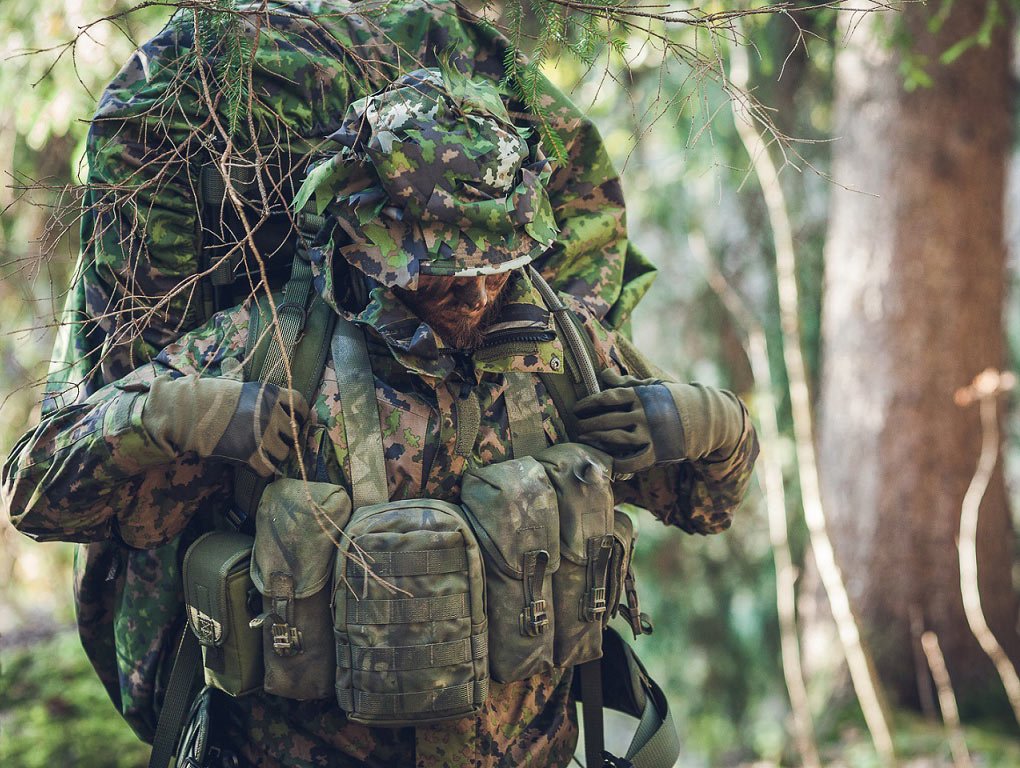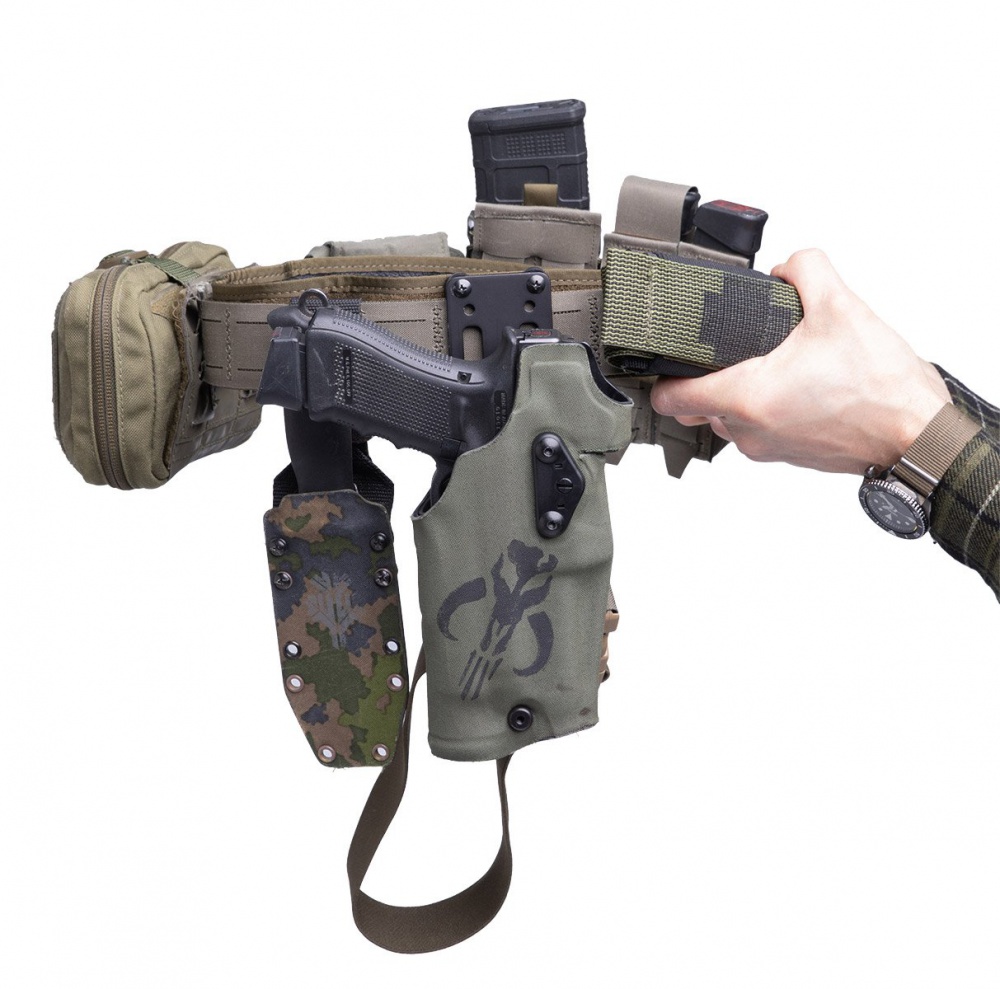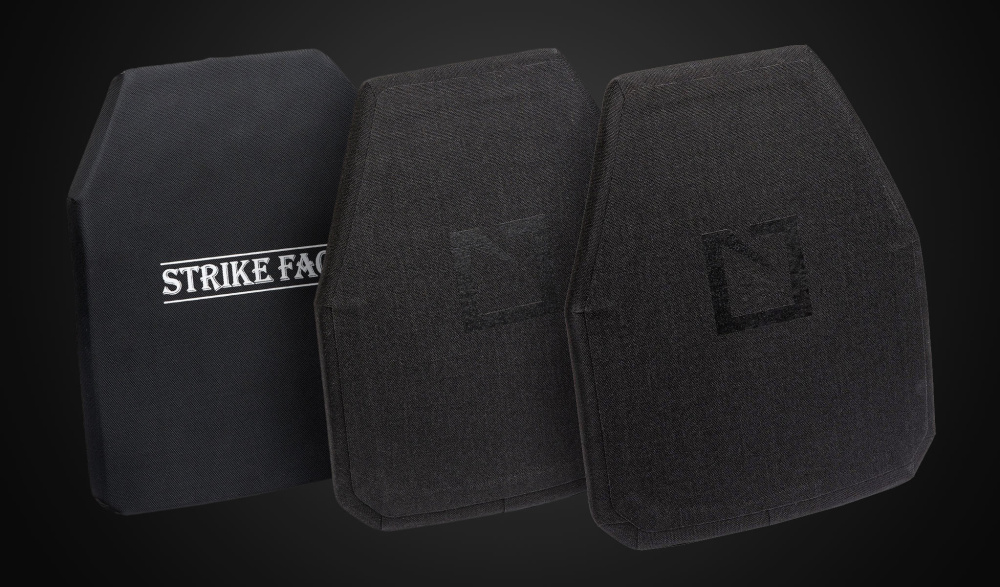
How to Equip Yourself with Top Tactical Gear?
How to Equip Yourself with Top Tactical Gear?
Tactical gear is designed to provide practical solutions for the most challenging of situations. Varusteleka offers a wide range of tactical gear options, from boots to helmets.
This article aims to guide you in selecting and using the best tactical gear suited for your needs – from understanding the basics of tactical equipment to making informed choices based on specific requirements.
Understanding the Importance of Tactical Gear
Whether you're training or on a mission your gear plays a crucial role in enhancing performance and safety. Proper specialized gear is designed to meet specific needs, providing advantages that cheaper hobbyist items can't offer.
Customizing your tactical loadout for specific tasks optimizes performance. Combat necessitates mission-appropriate protection and quick access to gear such as magazines and first aid equipment. For real combat scenarios quality and durability are crucial in selecting gear. Investing in high-end products minimizes replacements and decreases the risk of failure in critical situations.
Step 1: Assess Your Needs
Primary Use for Tactical Gear
Proper tactical gear is made for combat situations, reservist training, and demanding hobbies, such as practical shooting. Although many airsoft and mag-fed paintball hobbyists, for whom budget isn’t an issue, may also opt for more high-end gear.
Terrain and Weather Conditions
Layering your tactical gear effectively combines the principles of environmental adaptation and organized gear placement, ensuring readiness and comfort in various conditions. This approach integrates the concept of "three lines of gear,"which is essential for efficient gear management.
First Line: This layer consists of the most important items that should be immediately accessible – i.e. always on your person. Along with your personal weapon, these include your basic clothing and small, vital tools and items like a knife, flashlight, stormproof matches, and a TQ, all easily carried in pockets or on a belt. In urban environments, this might involve discreet, compact clothing such as tactical pants and shirts that blend in while offering functionality. For outdoor settings, basic navigation tools like a compass, map, and emergency rations are crucial??.
Second Line: The second line is adaptable and contains additional gear necessary for specific situations. This includes items like a daypack or rucksack carrying water, food, a first aid kit, and weather-specific clothing. This is also where most of your combat gear is – armor, helmet, chest rig, and so on. In urban non-combat settings, this line might mean a small bag with items like a water bottle and extra layers. For wilderness activities, a backpack with modular capabilities can hold more specialized gear like cooking equipment, rain gear, and tools. This layer allows for modular adjustments, letting you add or remove items based on the mission or activity at hand?.
Third Line: The third line serves as a storage layer for larger, less frequently needed items. This might be a large backpack left in a vehicle or base camp, containing spare clothes, a sleeping bag, shelter, and additional food and water supplies. This layer is critical for long-term sustainability in outdoor settings or as a backup in urban situations, ensuring that comprehensive gear is available when needed?.
By using this layered and organized approach, you can effectively manage your gear to suit different terrains and weather conditions. The key is to maintain flexibility and adaptability, allowing you to respond quickly to changing circumstances while keeping mission items within easy reach. This system not only enhances comfort and efficiency but also ensures that you're always prepared, whether in an urban environment or the wilderness.
Step 2: Select Your Tactical Gear
Tactical Vests and Chest Rigs
Tactical vests are designed for efficient gear storage, evenly distributing weight to increase mobility. Made from durable materials like nylon and Cordura, with reinforced stitching ensuring longevity in tough conditions.
Key features include the MOLLE system for customizable attachment of pouches, multiple pockets for efficient organization, and adjustable straps for a secure fit. Some vests are hydration-compatible, allowing users to carry water bladders.
The method of use dictates the type of tactical vest to select. Soldiers, law enforcement, and sport shooters might prefer different things. Modern plate carriers and soft armor tactical vests offer ballistic protection and mobility when carrying heavy gear like ammo, medical supplies, and communication devices.

Chest rigs are ideal for situations requiring agility and limited gear. They are preferred by those prioritizing speed and are commonly used by reconnaissance teams, lightweight infantry units, and competitive shooters. Chest rigs offer quick and convenient access to quick-items like magazines and first-aid supplies without the added bulk and weight of a full vest. Armor is always good, but some scenarios might require absolute stealth and mobility, with all excess weight and bulk removed.
Other options include battle belts, which are ideal for users who need to carry a limited amount of gear with maximum mobility. They provide a platform for holsters, magazines, and other accessories without restricting movement on the upper torso.
Hearing and Eye Protection

If you are a serious person, you will take good care of hearing and eye protection, as they are critical for ensuring safety and maintaining operational effectiveness. Hearing protection, such as earmuffs or earplugs, guards against damaging noise levels often encountered in training or combat environments, preventing long-term hearing loss. Advanced options include electronic earmuffs that amplify low-level sounds for situational awareness while blocking harmful noise.
Eye protection is equally vital, safeguarding against sand, liquids, debris, shrapnel, and even harmful UV rays. Tactical eyewear, like ballistic-rated goggles or glasses, offers high-impact resistance and clarity in various conditions. Some models feature interchangeable lenses for adaptability to changing light conditions and environments.
Both hearing and eye protection are indispensable for maintaining the well-being of personnel in high-risk scenarios, ensuring they remain focused and effective in their roles without compromising their sensory functions. Have you ever seen, say, SWAT entry teams doing their thing without eye and ear pro? That’s right.
MOLLE Pouches

MOLLE pouches, such as magazine or utility pouches, are predominantly utilized in military activities to organize and carry gear efficiently. They can also serve a useful purpose in practical shooting, airsoft, and outdoor activities, as they can be conveniently attached to other gear through the PALS webbing system.
When selecting a MOLLE pouch, consider your individual requirements and determine the appropriate size for your intended use. Choose a color or camouflage pattern that fits your preferences, and verify that the attachment system is suitable and compatible with your existing gear. However: first determine what gear you need to haul, and THEN get the appropriate pouches. Don’t just fill your vest with pouches because there was room.
Tactical Belts

Whether for professional operators, reservists, or hobbyists, tactical belts provide the necessary gear real estate and accessibility, making them an indispensable part of any loadout. Constructed from high-strength materials like nylon, Cordura, and reinforced webbing, tactical belts offer a balance of stiffness and flexibility, crucial for both durability and comfort.
Determining the method of use and weight requirements is vital when choosing a tactical belt since there are several different types on the market. Choose a duty belt for heavy equipment or a battle belt if you're looking for something with padding and PALS webbing for attaching gear. An everyday carry (EDC) belt can provide a more discreet but functional solution for carrying items such as pocket knives and lighters.
Step 3: Protective Gear
Tactical Helmets

Brain buckets aka tactical helmets provide critical head protection in high-risk environments. Made from advanced ballistic materials like Kevlar and aramid fibers, these helmets offer superior impact resistance while maintaining a lightweight design – at least when compared to earlier steel helmets.
Key features include modular rail systems for attaching accessories such as night vision goggles, as well as internal padding and adjustable suspension systems for a secure and comfortable fit.
When choosing a tactical helmet, consider the activity and required protection level. Ballistic helmets provide protection in combat situations. Perhaps they are also best for paintball and airsoft action if you want to keep it real. Bump helmets are lighter and usually less expensive, and they are ideal for training, climbing, and hiking. Select a high-cut or low-cut ballistic helmet for different coverage levels and gear compatibility.
Body Armor and Ballistic Plates

This is one of those areas where you shouldn’t opt for the cheapest Chinese version. Body armor plays a significant role in personal safety by protecting against ballistic threats and blunt force trauma. There are two main types of body armor: soft and hard. Soft body armor offers flexibility and is typically used for lower-threat environments, while hard body armor provides higher levels of protection but can be heavier. Soft armor will stop most shrapnel, but most likely not direct hits from rifle-type are heavier weapons.
When selecting body armor, balance the level of protection with mobility. You should avoid being weighed down unnecessarily. While selecting body armor or ballistic plates look at factors like NIJ protection level, coverage area dimensions, and ease of movement. Take into account the threat assessment of the mission, what kind of threats are most likely to meet? First line fighters might have high-speed-low-drag plain plate carriers, second line fighters might have both soft and hard armor for maximum protection, and third line fighters like artillery units might only have soft armor as they are less likely to be in direct contact with enemy infantry.
Trustworthy brands include CPE, which provides quality elbow/knee pads, armor panels and lightweight armor plates for Finnish Defence Forces and Law Enforcement. You can find the necessary CPE products at Varusteleka.
Step 4: Choose Appropriate Clothing
Tactical Pants and Shirts
Tactical pants and combat shirts offer durability, comfort, and functionality. Tactical pants, made from materials like ripstop fabric and nylon, feature reinforced areas, multiple pockets, and adjustable fits. Tactical shirts are crafted from breathable, moisture-wicking fabrics, and they might include such features as chest and sleeve pockets, ventilation panels, and tactical design elements like pen slots and mic clips.
Especially when picking combat-ready pants and shirts, look for reinforced knees or elbows, as these areas experience the most wear. Breathability is also important because it helps keep you cool during intense activities.
Weather-Specific Gear
Weather-specific tactical gear is very important as it provides comfort, protection, and functionality in varying environmental conditions. The season and accompanying weather are the most important factors to consider when choosing weather-specific gear. Match the gear to the weather:
In wet weather, waterproofing and breathability are key, with gear like waterproof jackets, waterproof footwear, and rain covers.
In cold weather, gear focuses on insulation and layering with thermal layers, waterproof materials, insulated gloves, boots, and headgear like balaclavas.
For hot weather, breathable fabrics, moisture-wicking base layers, and hydration systems are a must.
Step 5: Opt for Multi-functional Tools
Tactical Knives and Multitools
Tactical knives and multitools provide versatile solutions for a range of tasks. Tactical knives, known for their durability and sharpness, feature high-quality stainless steel or carbon steel blades and ergonomic handles.
Multitools combine tools such as pliers, screwdrivers, and knives into a single compact device. These tools offer practical solutions for common tasks, such as emergency repairs, first aid, and survival situations.
When selecting tactical knives and multitools, consider factors such as blade material, tool selection, pouch/sheath selection, and overall durability to ensure reliability and performance in any situation.
Communication Gear
Radios and GPS devices ensure means of communication even in remote areas where cell service might be unavailable. This gear includes two-way radios, headsets, earpieces, and portable repeaters, all built to withstand harsh conditions. Key features such as secure, encrypted channels, long battery life, and advanced noise-cancellation technology ensure clear, uninterrupted communication.
When selecting communication gear, focus on range and durability. A device with a long-range capability keeps you connected over vast distances while durable construction withstands harsh conditions. Battery life is another critical factor; longer battery life means fewer interruptions during missions or outdoor activities.
Extra Tip: Testing and Training with Your Gear
Now that you've got your new tactical gear, familiarizing yourself with this new equipment is the next step. Start by testing each piece of gear in controlled environments. For example, if you've purchased tactical flashlights or communication gear like radios, practice using them during both day and night scenarios.
Training methods should mimic real-life situations as closely as possible. Set up simulated environments that reflect the conditions you'll face during actual missions or activities. Regularly practicing in these settings helps build muscle memory, making you more confident when using your equipment under pressure.
For a hands-on experience, join us at the "Finnish Brutality"2-gun action match each fall, hosted by Varusteleka. This event is an excellent opportunity to truly test your gear and skills in realistic scenarios, participate in tactical shooting competitions, and learn from experienced professionals. Don’t miss this chance to enhance your tactical training—gear up and try to get a ticket!
Conclusion
Tactical gear is a vital addition to your arsenal, whether you're a soldier, law enforcement officer, or civilian, as it is useful in various duty, field, training, or even outdoor activities.
When looking to equip yourself with top tactical gear, assessing your specific needs and environmental conditions is crucial before choosing items like tactical vests and MOLLE pouches. If your activities require protective gear, tactical helmets and body armor are great pieces to consider. Tactical pants and shirts provide comfort and functionality in intense activities, while weather-specific gear protects you from different weather conditions. Tactical knives and multitools, along with communication gear, are great ways to round out your stockpile.
After purchasing tactical gear, familiarizing yourself with its use is of the utmost importance for smooth operation. Train in situations that reflect real-life conditions so that you're ready to use the gear whenever a situation arises.
This article has been created in collaboration with Skyn... generative AI to get some of that sweet, sweet search engine optimization juice. We have used it to gather data and relevant SEO keywords/phrases. We have then edited the crap out of it to remove all the weird and unusual suggestions from our robot overlords. Thank you for understanding us wanting to prosper in today's brutal SEO game.